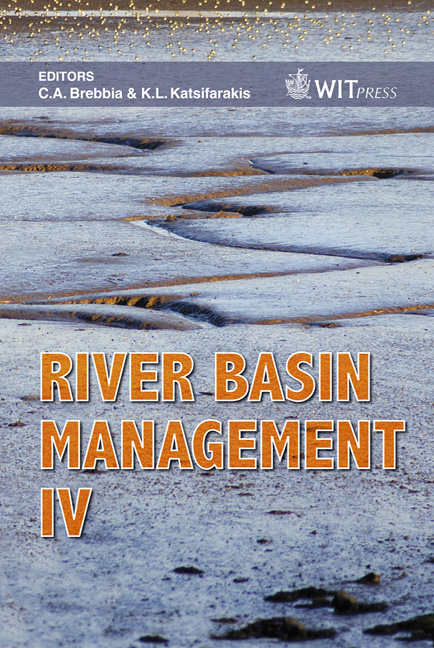Using A Neural Network Model To Forecast Flood Events On The Big Thompson River
Price
Free (open access)
Transaction
Volume
104
Pages
10
Published
2007
Size
880 kb
Paper DOI
10.2495/RM070171
Copyright
WIT Press
Author(s)
W. S. Huffman & A. K. Mazouz
Abstract
For the entire period of recorded time, floods have been a major cause of loss of life and property. Methods of prediction and mitigation range from human observers to sophisticated surveys and statistical analysis of climatic data. In the last few years, researchers have applied computer programs called Neural Networks or Artificial Neural Networks to a variety of uses ranging from medical to financial. The purpose of the study was to demonstrate that Neural Networks can be successfully applied to flood forecasting. The river system chosen for the research was the Big Thompson River, located in North-central Colorado, United States of America. The Big Thompson River is a snow melt controlled river that runs through a steep, narrow canyon. In 1976, the canyon was the site of a devastating flood that killed 145 people and resulted in millions of dollars of damage. Using publicly available climatic and stream flow data and a Ward Systems Neural Network, the study resulted in prediction accuracy of greater than 97% in +/-100 cubic feet per minute range. The average error of the predictions was less than 16 cubic feet per minute. To further validate the model’s predictive capability, a multiple regression analysis was done on the same data. The Neural Network’s predictions exceeded those of the multiple regression analysis by significant margins in all measurement criteria. Keywords: flood forecasting, neural networks, hydrologic modelling, rainfall/ runoff, hydrology, modelling, artificial neural networks.
Keywords
flood forecasting, neural networks, hydrologic modelling, rainfall/runoff, hydrology, modelling, artificial neural networks.





